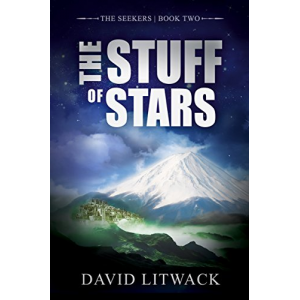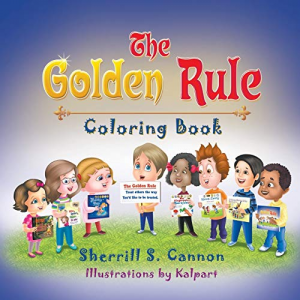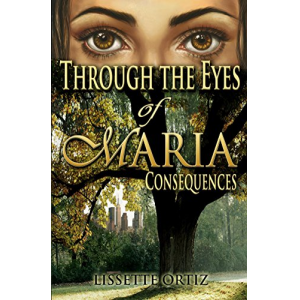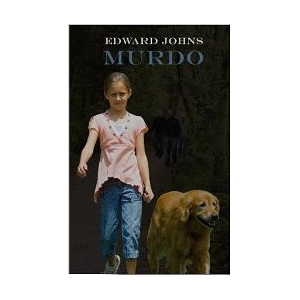WSAZ news piece
🔗 http://www.wsaz.com/home/headlines/56209242.html- Author
- Book
- Story behind the book
- Media Links
- Reviews

Mary Calhoun Brown
About
Mary Calhoun Brown has an extensive background in writing, marketing, and public relations. After graduating from Marshall University, she was hired by the West Virginia Chamber of Commerce as its youngest-ever public relations officer. After the birth of her three children, Mary worked as an editor and preschool teacher. When she and her husband, Campbell, learned that one of their sons had Asperger’s Syndrome, a mild form of autism, Mary spent two years home-schooling him during middle school, and it was at that time she developed the outline for There Are No Words. Today, the author serves on the board of the Autism Services Center in Huntington, West Virginia, with autism pioneer Dr. Ruth Sullivan
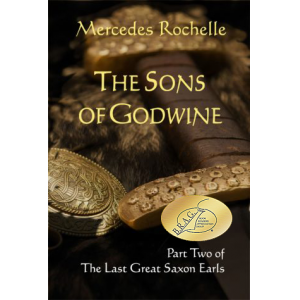
The Sons of Godwine: Part Two of The Last Great Saxon Earls
Description
<p>Emerging from the long shadow cast by his formidable father, Harold Godwineson showed himself to be a worthy successor to the Earldom of Wessex. In the following twelve years, he became the King's most trusted advisor, practically taking the reins of government into his own hands. And on Edward the Confessor's death, Harold Godwineson mounted the throne—the first king of England not of royal blood. Yet Harold was only a man, and his rise in fortune was not blameless. Like any person aspiring to power, he made choices he wasn't particularly proud of. Unfortunately, those closest to him sometimes paid the price of his fame.<br /><br />This is a story of Godwine's family as told from the viewpoint of Harold and his younger brothers. Queen Editha, known for her Vita Ædwardi Regis, originally commissioned a work to memorialize the deeds of her family, but after the Conquest historians tell us she abandoned this project and concentrated on her husband, the less dangerous subject. In THE SONS OF GODWINE and FATAL RIVALRY, I am telling the story as it might have survived had she collected and passed on the memoirs of her tragic brothers.<br /><br />This book is part two of The Last Great Saxon Earls series. Book one, GODWINE KINGMAKER, depicted the rise and fall of the first Earl of Wessex who came to power under Canute and rose to preeminence at the beginning of Edward the Confessor's reign. Unfortunately, Godwine's misguided efforts to champion his eldest son Swegn recoiled on the whole family, contributing to their outlawry and Queen Editha's disgrace. Their exile only lasted one year and they returned victorious to London, though it was obvious that Harold's career was just beginning as his father's journey was coming to an end.<br /><br />Harold's siblings were all overshadowed by their famous brother; in their memoirs we see remarks tinged sometimes with admiration, sometimes with skepticism, and in Tostig's case, with jealousy. We see a Harold who is ambitious, self-assured, sometimes egocentric, imperfect, yet heroic. His own story is all about Harold, but his brothers see things a little differently. Throughout, their observations are purely subjective, and witnessing events through their eyes gives us an insider’s perspective.<br /><br />Harold was his mother's favorite, confident enough to rise above petty sibling rivalry but Tostig, next in line, was not so lucky. Harold would have been surprised by Tostig's vindictiveness, if he had ever given his brother a second thought. And that was the problem. Tostig's love/hate relationship with Harold would eventually destroy everything they worked for, leaving the country open to foreign conquest. This subplot comes to a crisis in book three of the series, FATAL RIVALRY.</p>
Story Behind The Book
My son was diagnosed with autism (Asperger’s Disorder) in the fall of 2000 when he was in the first grade. Generally accepted and if not understood, tolerated, by his classmates, he thrived in elementary school. The day he stepped foot into middle school, he wore a “kick me” sign on his back and received the nickname “Retard.” You should understand that my son is a straight A student, participated in the Talented and Gifted Program, and his IQ measures one point below a genius. This was a troubling development for our family. We encouraged our son to finish his sixth grade year at the school. We simply will not allow our boys to quit something once they start. You might say that he had a full year of character development. That year was tough, and I promised my son that together, we would turn that rotten year into something positive. The last day of school, I gave my son two choices. He could either change schools or be home schooled for the following year. He chose home schooling, and I began researching curricula for middle school. We spent two lovely years together, learning, laughing, traveling and advancing academically. (He wasn’t one of those home schooled kids who finish up at noon.) In addition to his regular curriculum, he took a variety of coursework on the college level, and if he finished before 2:30, I had plenty of extra work he could do. He is self-motivated, and we got along fine. Ninth grade arrived, and my son went back to school. Uneventfully. Happily. He’s second in his class of 440. During my two years at home with my son, I started thinking about students with disabilities. Every kid knows it’s bad form to pick on someone in a wheelchair or another visible disability. Somehow, though, “invisible disabilities” are still fair game. One child in every 144 births has some form of autism. I’m not sure the statistics on other developmental disabilities, but I think I would be safe in saying that there are more students with developmental disabilities than physical disabilities in any school system today. The time to begin educating neurotypical peers is now.
Media Links
Reviews
"Mary brings her characters to life with an infinite attention to detail and infuses them with dept, humor and selflessness. <em>There Are No Words</em> propelled me into a time and place in which even children were faced with the realities of racism and war." <br /><br />-- Mike Grady, CEO, Autism Services Center<br /><br /><br />"Mary Calhoun Brown has given us an unusual path in getting to the story of autism. Young teenagers, their teachers and parents will be happy to hae this one in their library."<br /><br />-- Dr. Ruth C. Sullivan, former President, Autism Society of America
